
La Viña: The Soulful Heart of Cádiz
Explore La Viña in Cádiz, a captivating neighborhood known for its rich history, vibrant festivals, and delectable seafood, offering an authentic slice of Andalusian culture.
Nestled within the historic city of Cádiz, La Viña is a vibrant neighborhood that exudes charm and tradition. Known for its narrow streets and whitewashed buildings, La Viña is the epitome of Andalusian culture. As you stroll through the cobblestone alleys, you'll be greeted by the melodies of flamenco and the tantalizing aroma of fresh seafood, particularly the famous fried fish, or 'pescaíto frito'. La Viña is not just about its culinary delights; it also offers a rich tapestry of history and culture. The neighborhood is home to several historical landmarks, including the Church of La Palma, a stunning example of baroque architecture. The lively Plaza Tío de la Tiza is another must-visit spot, where locals gather to socialize and enjoy outdoor performances. One of the highlights of La Viña is its vibrant festivals. The neighborhood is the epicenter of Cádiz's famous Carnival, a colorful and joyous celebration that attracts visitors from all over the world. The streets come alive with music, dance, and elaborate costumes, making it an unforgettable experience. Whether you're a history buff, a foodie, or simply looking to soak in the local atmosphere, La Viña offers a unique and enriching experience. Its blend of tradition and modernity makes it a must-visit destination for anyone exploring Cádiz.
Local tips in La Viña
- Visit the Church of La Palma for its stunning baroque architecture.
- Try the 'pescaíto frito' at one of the local eateries.
- Experience the lively atmosphere at Plaza Tío de la Tiza.
- If visiting in February, don't miss the Cádiz Carnival for an unforgettable experience.
La Viña: The Soulful Heart of Cádiz
Nestled within the historic city of Cádiz, La Viña is a vibrant neighborhood that exudes charm and tradition. Known for its narrow streets and whitewashed buildings, La Viña is the epitome of Andalusian culture. As you stroll through the cobblestone alleys, you'll be greeted by the melodies of flamenco and the tantalizing aroma of fresh seafood, particularly the famous fried fish, or 'pescaíto frito'. La Viña is not just about its culinary delights; it also offers a rich tapestry of history and culture. The neighborhood is home to several historical landmarks, including the Church of La Palma, a stunning example of baroque architecture. The lively Plaza Tío de la Tiza is another must-visit spot, where locals gather to socialize and enjoy outdoor performances. One of the highlights of La Viña is its vibrant festivals. The neighborhood is the epicenter of Cádiz's famous Carnival, a colorful and joyous celebration that attracts visitors from all over the world. The streets come alive with music, dance, and elaborate costumes, making it an unforgettable experience. Whether you're a history buff, a foodie, or simply looking to soak in the local atmosphere, La Viña offers a unique and enriching experience. Its blend of tradition and modernity makes it a must-visit destination for anyone exploring Cádiz.
Iconic landmarks you can’t miss
Torre Tavira
Discover breathtaking views and rich history at Torre Tavira, Cádiz's iconic watchtower and a must-visit tourist attraction.
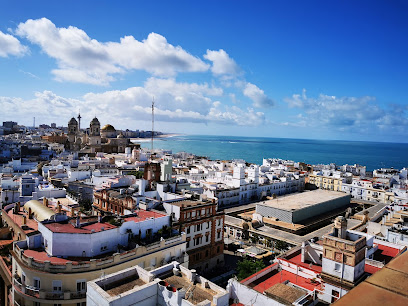
Castillo de Santa Catalina
Experience the history and beauty of Castillo de Santa Catalina, a stunning fortress offering breathtaking views and rich cultural heritage in Cádiz, Spain.
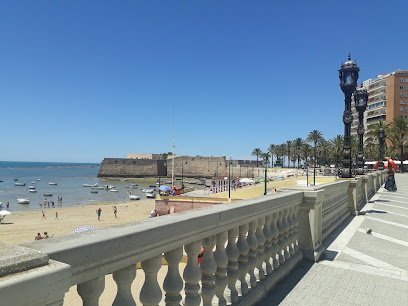
The 1812 Constitution Monument
Discover the 1812 Constitution Monument in Cádiz, a captivating symbol of democracy surrounded by scenic beauty and rich history.

Restaurante La Isleta de la Viña
Experience the fusion of Mediterranean flavors and vibrant live music at Restaurante La Isleta de la Viña in Cádiz, a culinary delight for all food lovers.
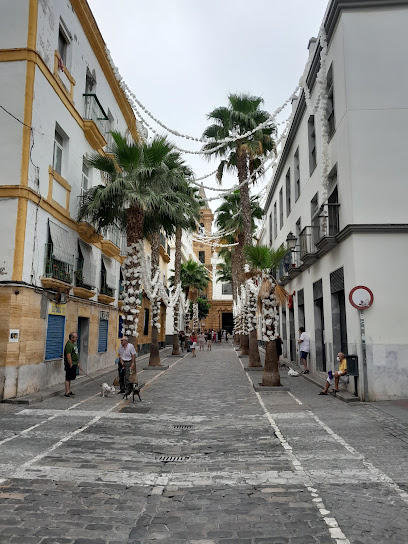
Baluarte de la Candelaria
Discover the Baluarte de la Candelaria, a historic fortress in Cádiz, offering breathtaking views and rich cultural experiences.
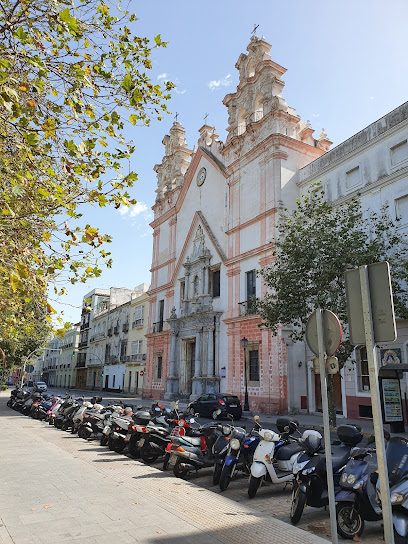
Yacimiento Arqueológico Gadir
Discover the ancient Phoenician ruins at Yacimiento Arqueológico Gadir in Cádiz, a captivating journey through Spain's rich archaeological heritage.

Baluarte y Murallas de San Carlos
Visit Baluarte y Murallas de San Carlos for breathtaking views and a deep dive into Cádiz's rich history and architectural marvels.
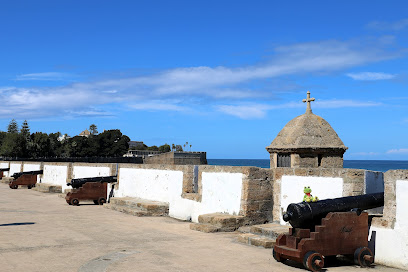
Murallas De San Carlos
Discover the historic charm of Murallas De San Carlos, a majestic fortress in Cádiz, offering breathtaking views and a deep dive into the city's maritime past.
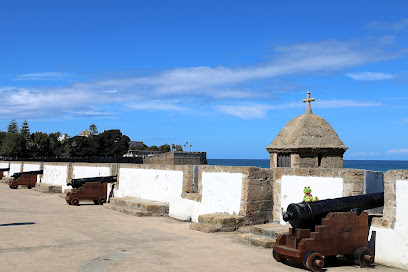
Puerta de la Caleta
Discover the historical charm and breathtaking views at Puerta de la Caleta, Cádiz's iconic gateway to the Atlantic.
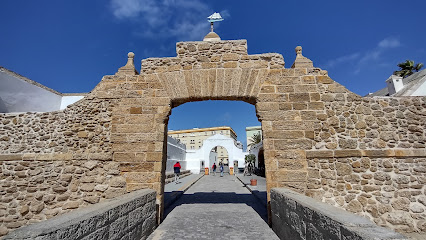
Arco de los Blanco
Discover the historical charm of Arco de los Blanco in Cádiz, an architectural gem that reflects the city's rich maritime heritage.
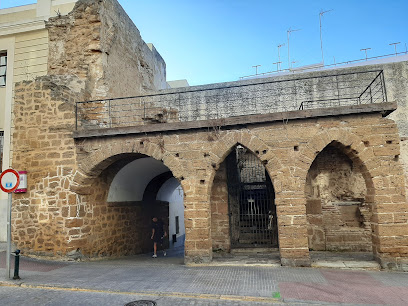
Torre de Poniente
Explore Torre de Poniente in Cádiz for stunning panoramic views and a glimpse into the city's rich history and vibrant culture.
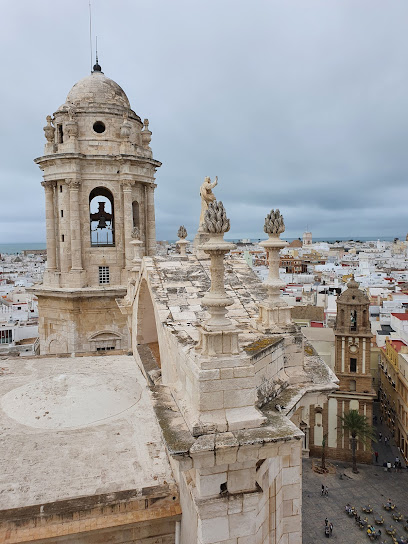
El Barrio de La Viña
Experience the vibrant culture and delectable cuisine of El Barrio de La Viña, Cádiz’s historic neighborhood with a festive charm.
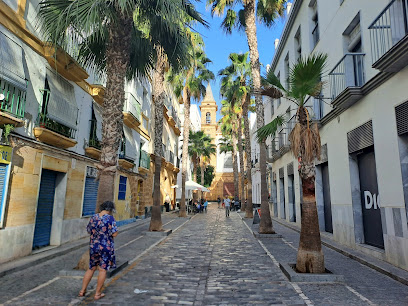
Unmissable attractions to see
Arco Del Populo
Discover the captivating Arco Del Pópulo in Cádiz, a stunning historical landmark blending Gothic and Baroque architecture, rich in culture and history.
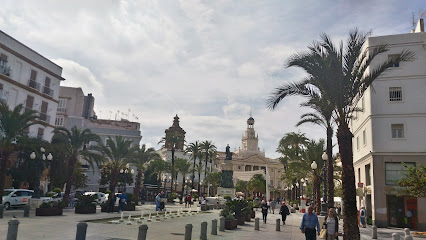
Paseo Fernando Quiñones
Discover the beauty of Paseo Fernando Quiñones, a scenic promenade in Cádiz perfect for relaxation, culture, and breathtaking ocean views.
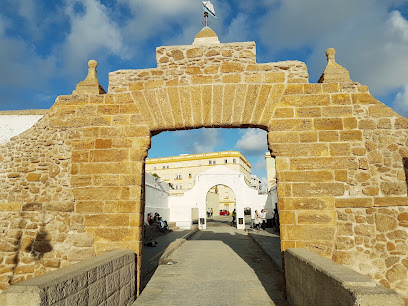
Fountain of the children with an umbrella
Experience the whimsical charm of Cádiz's Fountain of the Children with an Umbrella, a delightful must-see attraction for families and tourists alike.
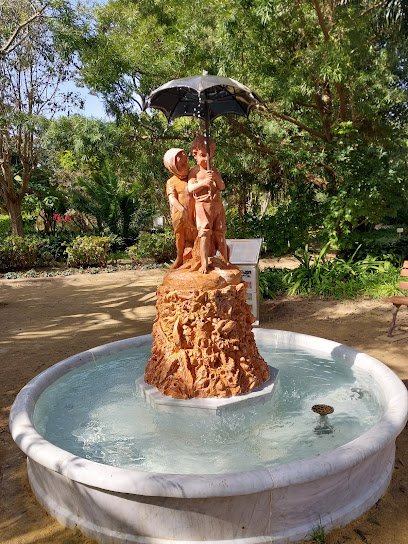
El Barrio de La Viña
Discover the colorful streets and vibrant culture of El Barrio de La Viña, an essential stop for any traveler in Cádiz, Spain.
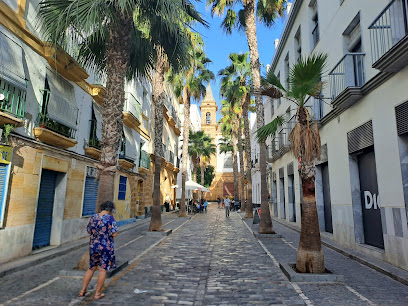
Essential places to dine
Taberna Casa Manteca
Experience authentic Andalusian cuisine at Taberna Casa Manteca - where every dish is a celebration of Spanish flavors.
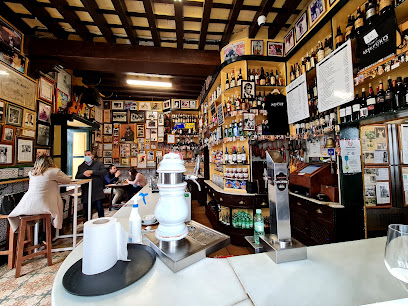
Taberna El tío de La Tiza
Discover authentic tapas and vibrant local culture at Taberna El tío de La Tiza in Cádiz - a must-visit culinary gem!
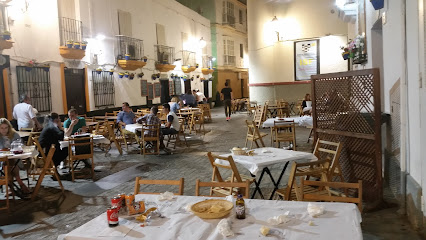
Restaurante La Isleta de la Viña
Experience exquisite Mediterranean cuisine and live music at Restaurante La Isleta de la Viña in Cádiz - A must-visit dining destination.
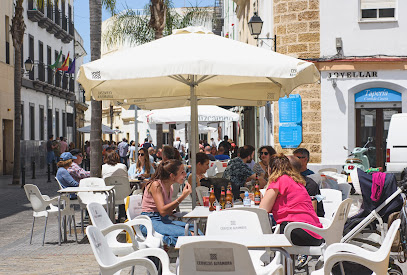
Quilla Restaurante, café y terraza
Discover the flavors of Cádiz at Quilla Restaurante - where traditional cuisine meets stunning ocean views in an inviting atmosphere.
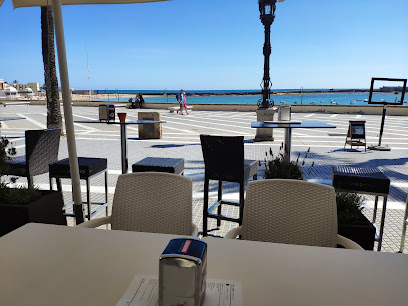
Bar La Tabernita
Experience authentic Spanish flavors at Bar La Tabernita - Cádiz's top destination for delectable tapas and vibrant atmosphere.
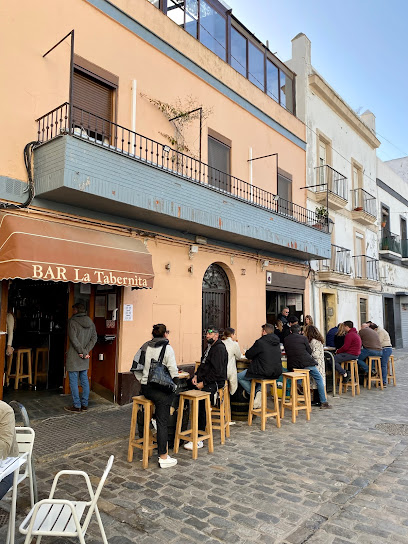
Cafe Bar Casa Pepe
Experience authentic Andalusian tapas at Cafe Bar Casa Pepe in Cádiz – a culinary gem that delights every palate.
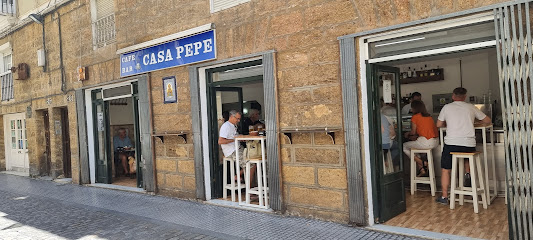
Taberna Las Banderas
Discover authentic Spanish flavors at Taberna Las Banderas - where tapas and fine wines create unforgettable moments in Cádiz.
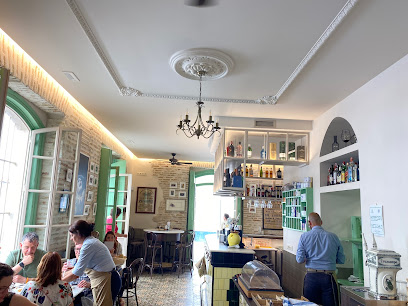
Restaurante El Charpa
Experience authentic Spanish cuisine at Restaurante El Charpa in Cádiz – where tradition meets flavor in every dish.
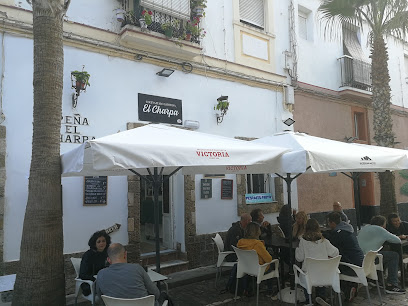
Marisquería La Viña Freiduría
Experience authentic Andalusian seafood at Marisquería La Viña Freiduría in Cádiz - a culinary delight for every seafood lover.
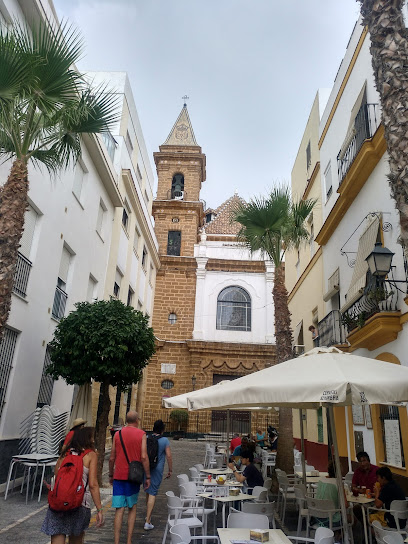
Bar Los Claveles
Experience authentic Andalusian flavors at Bar Los Claveles in Cádiz – where every bite tells a story.
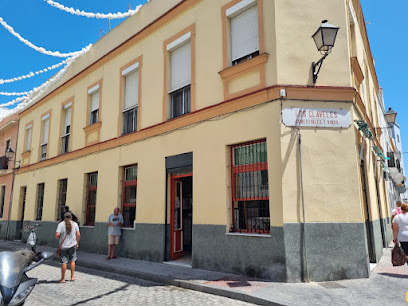
Markets, malls and hidden boutiques
Museum-store of Cadi-Cadi
Explore the Museum-Store of Cadi-Cadi for unique souvenirs, local handicrafts, and authentic art supplies in the vibrant city of Cádiz.
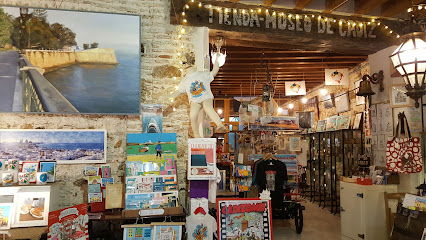
La Tienda de La Vecina
Explore La Tienda de La Vecina: Your ultimate destination for unique artisanal souvenirs and local treasures in the heart of Cádiz.
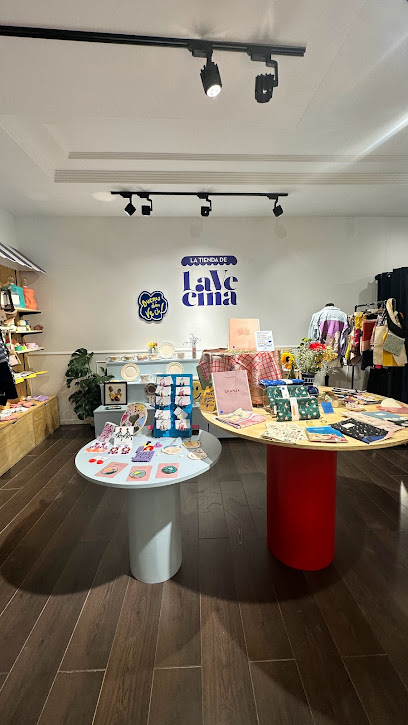
Natura
Explore the essence of Cádiz at Natura, where unique gifts and stylish clothing come together in a charming shopping experience.

Alimentacion La Viña
Experience the authentic flavors of Cádiz at Alimentacion La Viña, your go-to grocery store for local delicacies and culinary treasures.
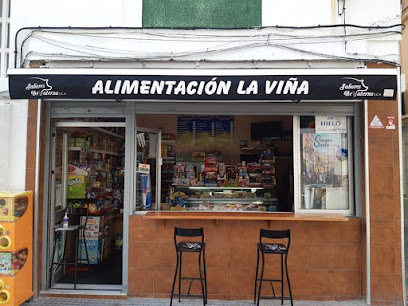
CASA LAMAR
Explore Casa Lamar in Cádiz for an unforgettable shopping experience featuring unique art, fashion, and handcrafted treasures that celebrate local culture.
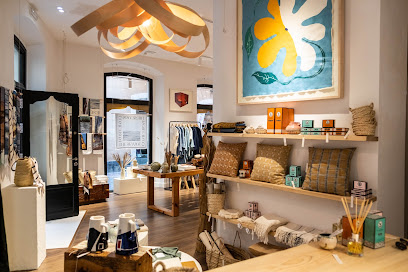
TripMilenaria Museum Store
Explore an exquisite collection of authentic souvenirs and local crafts at TripMilenaria Museum Store in the heart of Cádiz, Spain.
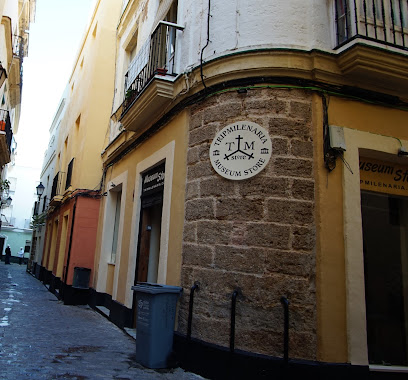
La Santa Streetwear & Art Gallery
Discover the vibrant fusion of fashion and local art at La Santa Streetwear & Art Gallery in Cádiz, where creativity meets style.
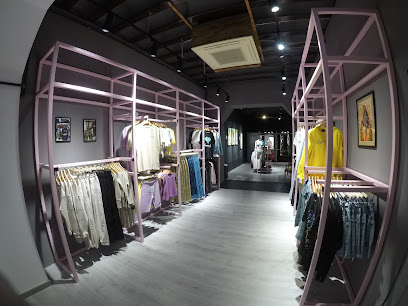
Azul
Explore Azul Gift Shop in Cádiz for unique souvenirs and local crafts that reflect the vibrant culture of this beautiful coastal city.
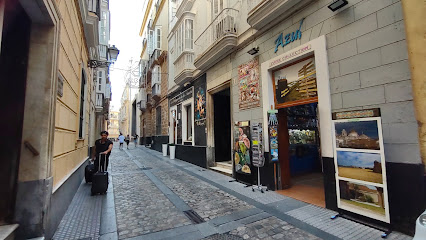
La Grandeza de La Viña
Discover the vibrant world of fashion at La Grandeza de La Viña in Cádiz, where local style meets contemporary trends in a charming setting.
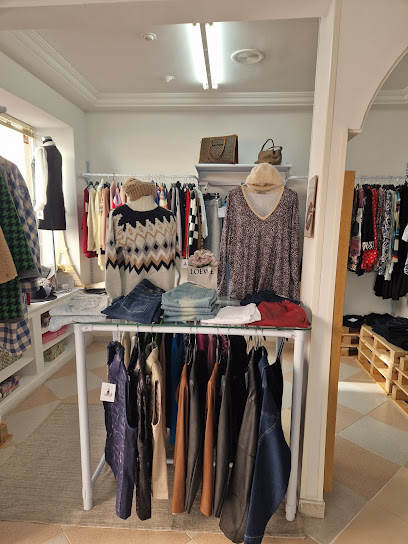
Market el sol
Discover the local charm of Cádiz at Market el Sol, a vibrant marketplace filled with authentic flavors and unique treasures.
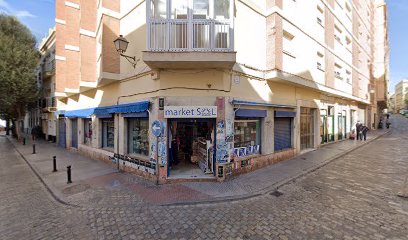
Essential bars & hidden hideouts
Restaurante La Isleta de la Viña
Discover the vibrant flavors of Cádiz at Restaurante La Isleta de la Viña - a fusion of Mediterranean cuisine, tapas, and live music awaits you.

Bar La Tabernita
Savor the vibrant tapas scene at Bar La Tabernita, a must-visit destination in Cádiz for genuine Andalusian flavors and warm hospitality.
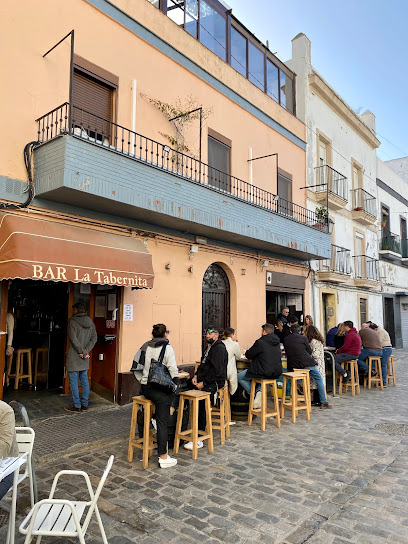
Taberna Las Banderas
Discover the heart of Cádiz through delightful tapas and a vibrant atmosphere at Taberna Las Banderas.
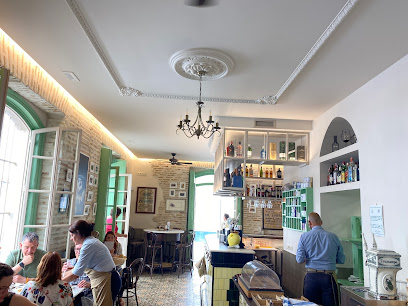
Bar Casa Torres
Experience the authentic flavors of Andalusia at Bar Casa Torres, a charming bar in Cádiz known for its delicious tapas and local wines.
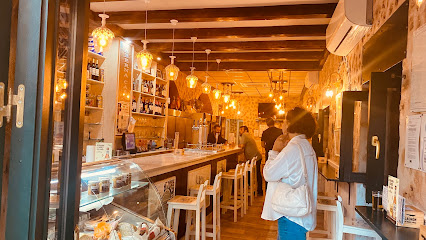
El Bar Nuestro De Cada Dia
Discover the authentic taste of Cádiz at El Bar Nuestro De Cada Dia, where local flavors meet vibrant culture in a cozy setting.
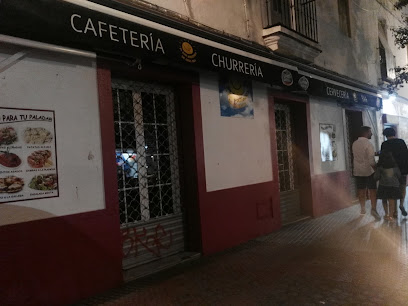
Bar El tiro del Pichón
Discover authentic tapas and a lively atmosphere at Bar El Tiro del Pichón in Cádiz, where local culture comes alive in every bite.
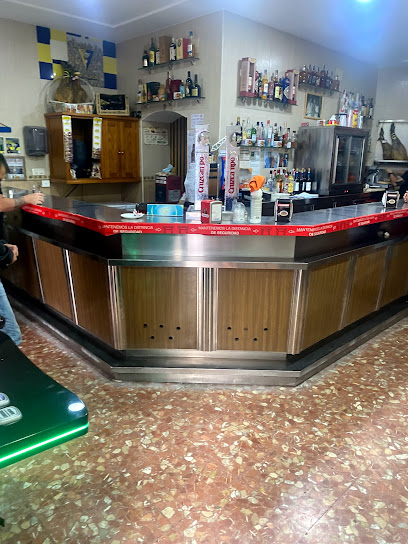
Bar Los Claveles
Discover the vibrant flavors of Andalusian cuisine at Bar Los Claveles, a must-visit tapas bar in the heart of Cádiz.
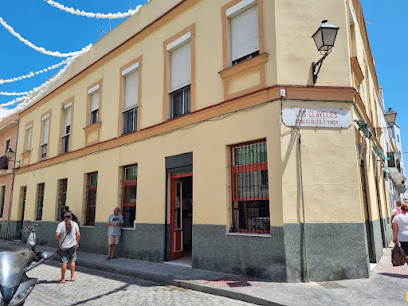
La Uvita
Discover the charm of Cádiz at La Uvita, a cozy bar serving traditional tapas and local wines in a vibrant atmosphere.
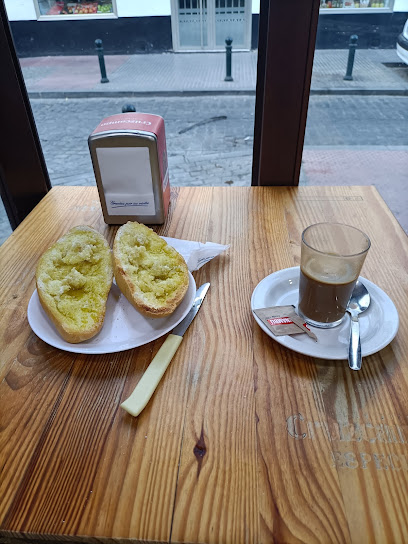
Bar La Primavera
Discover the vibrant flavors of Cádiz at Bar La Primavera, where authentic tapas and local culture come together in a lively setting.

Bar Rosa de los Vientos
Experience the vibrant nightlife at Bar Rosa de los Vientos in Cádiz, where exceptional drinks and a warm atmosphere await every visitor.
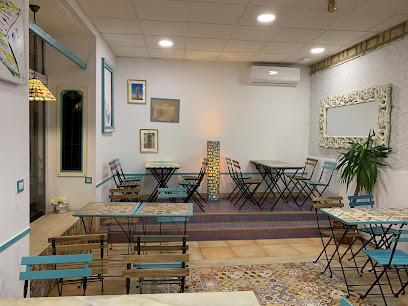
Local Phrases
-
- HelloHola
[oh-lah] - GoodbyeAdiós
[ah-dee-ohs] - YesSí
[see] - NoNo
[noh] - Please/You're welcomePor favor/De nada
[por fah-vor/deh nah-dah] - Thank youGracias
[grah-see-ahs] - Excuse me/SorryPerdón/Lo siento
[pehr-dohn/loh see-ehn-toh] - How are you?¿Cómo estás?
[koh-moh ehs-tahs] - Fine. And you?Bien. ¿Y tú?
[byehn. ee too] - Do you speak English?¿Hablas inglés?
[ah-blahs een-glehs] - I don't understandNo entiendo
[noh ehn-tee-ehn-doh]
- HelloHola
-
- I'd like to see the menu, pleaseMe gustaría ver la carta, por favor
[meh goos-tah-ree-ah behr lah kahr-tah, por fah-vor] - I don't eat meatNo como carne
[noh koh-moh kahr-neh] - Cheers!¡Salud!
[sah-loohd] - I would like to pay, pleaseQuisiera pagar, por favor
[kee-see-eh-rah pah-gahr, por fah-vor]
- I'd like to see the menu, pleaseMe gustaría ver la carta, por favor
-
- Help!¡Ayuda!
[ah-yoo-dah] - Go away!¡Vete!
[veh-teh] - Call the Police!¡Llama a la policía!
[yah-mah ah lah poh-lee-see-ah] - Call a doctor!¡Llama a un médico!
[yah-mah ah oon meh-dee-koh] - I'm lostEstoy perdido/a
[ehs-toy pehr-dee-doh/dah] - I'm illEstoy enfermo/a
[ehs-toy ehn-fehr-moh/dah]
- Help!¡Ayuda!
-
- I'd like to buy...Me gustaría comprar...
[meh goos-tah-ree-ah kohm-prahr...] - I'm just lookingSolo estoy mirando
[soh-loh ehs-toy mee-rahn-doh] - How much is it?¿Cuánto cuesta?
[kwan-toh kwehs-tah] - That's too expensiveEs demasiado caro
[ehs deh-mah-syah-doh kah-roh] - Can you lower the price?¿Puede bajar el precio?
[pweh-deh bah-hahr ehl pree-syoh]
- I'd like to buy...Me gustaría comprar...
-
- What time is it?¿Qué hora es?
[keh oh-rah ehs] - It's one o'clockEs la una en punto
[ehs lah oo-nah ehn poon-toh] - Half past (10)Y media
[ee meh-dee-ah] - MorningMañana
[mah-nyah-nah] - AfternoonTarde
[tahr-deh] - EveningNoche
[noh-cheh] - YesterdayAyer
[ah-yehr] - TodayHoy
[oy] - TomorrowMañana
[mah-nyah-nah] - 1Uno
[oo-noh] - 2Dos
[dohs] - 3Tres
[trehs] - 4Cuatro
[kwah-troh] - 5Cinco
[theen-koh] - 6Seis
[sehs] - 7Siete
[syeh-teh] - 8Ocho
[oh-choh] - 9Nueve
[nweh-veh] - 10Diez
[dyehth]
- What time is it?¿Qué hora es?
-
- Where's a/the...?¿Dónde está...?
[dohn-deh ehs-tah] - What's the address?¿Cuál es la dirección?
[kwal ehs lah dee-rehk-syohn] - Can you show me (on the map)?¿Puedes enseñarme (en el mapa)?
[pweh-dehs ehn-seh-nyahr-meh (ehn ehl mah-pah)] - When's the next (bus)?¿Cuándo es el próximo (autobús)?
[kwan-doh ehs ehl proh-ksee-moh (ow-toh-boos)] - A ticket (to ....)Un billete (para ...)
[oon bee-yeh-teh (pah-rah)]
- Where's a/the...?¿Dónde está...?
History of La Viña
-
La Viña's history can be traced back to the Islamic period when it was a fishing village known for its strategic location by the sea. The name 'La Viña' is believed to derive from the Arabic word for vineyard, reflecting the agricultural practices of the era. The Moors significantly influenced the region's architecture and culture, which is still visible in the narrow streets and whitewashed buildings.
-
During the 18th century, Cádiz experienced an economic boom, becoming a crucial port for trade with the Americas. La Viña flourished as a vibrant neighbourhood filled with fishermen, merchants, and artisans. The local economy was driven by the fishing industry, particularly the famous Cádiz fish market, which continues to thrive today.
-
The 19th century marked a cultural renaissance in La Viña, most notably signified by the emergence of the Carnival of Cádiz. The neighbourhood became a hub for artistic expression, particularly flamenco music and dance, with many famous flamenco artists hailing from La Viña. This period solidified the neighbourhood's reputation as a center for cultural identity in Cádiz.
-
La Viña was affected by the Spanish Civil War (1936-1939), with many residents facing repression and hardship. Post-war, the area struggled economically, but it gradually revitalized, with a resurgence in its cultural significance, particularly through the continued celebration of Carnival and the revival of traditional crafts and local cuisine.
-
Today, La Viña is a vibrant neighbourhood that retains its traditional charm while embracing modern influences. The local taverns and bars serve traditional dishes like 'pescaíto frito' (fried fish) and 'tortillitas de camarones' (shrimp fritters), showcasing the culinary heritage of the area. The blend of historical legacy and contemporary culture makes La Viña a key part of Cádiz's identity.
La Viña Essentials
-
La Viña is easily accessible from other neighbourhoods in Cádiz. If you're coming from the city center, you can walk to La Viña in about 15-20 minutes. Buses also connect La Viña to other areas of Cádiz, with the local bus service being frequent and reliable. Taxis are available throughout the city, and a ride to La Viña from the central areas typically costs around 5-10 euros.
-
La Viña is a compact neighbourhood, making it ideal for exploration on foot. Most attractions, restaurants, and bars are within walking distance. Bicycles can be rented from various shops around the city and are a popular way to navigate Cádiz. Public transport is limited within La Viña itself, but local buses connect to other parts of the city.
-
La Viña is generally safe for tourists, but like any popular area, it's important to stay vigilant. Avoid poorly lit streets at night and keep an eye on your belongings, especially in crowded places. While crime rates are low, petty theft can occur, particularly near popular tourist spots. Areas around the outskirts of La Viña should be approached with caution after dark.
-
In case of an emergency, dial 112 for immediate assistance. The local police station is located nearby, and there are several medical facilities in Cádiz for urgent care. It's advisable to have travel insurance that covers medical emergencies. For minor health concerns, pharmacies are available throughout La Viña.
-
Fashion: Do wear comfortable clothing suitable for the warm climate and casual atmosphere. Don't wear overly revealing outfits, especially when visiting religious sites. Religion: Do respect local customs, particularly during religious celebrations. Public Transport: Do be courteous and offer your seat to elderly passengers. Don't use your phone loudly on public transport. Greetings: Do greet locals with a friendly 'Hola' and a smile. Eating & Drinking: Do try local tapas and seafood dishes. Don't eat while walking, as it's considered impolite.
-
To experience La Viña like a local, visit the local markets, especially the Mercado Central de Abastos, for fresh produce and local delicacies. Engage with locals in the traditional chiringuitos (beach bars) along the coast. Be sure to try the famous 'fried fish' (pescaíto frito) and participate in local festivals if your visit coincides with them, such as the Carnival of Cádiz. Additionally, learning a few basic Spanish phrases can greatly enhance your interactions.
Trending Landmarks in La Viña
Nearby Cities to La Viña
-
Things To Do in Casemates Square
-
Things To Do in Gibraltar
-
Things To Do in Main Street
-
Things To Do in Tangier
-
Things To Do in Moorish Castle
-
Things To Do in Queensway Quay Marina
-
Things To Do in Alameda Botanic Gardens
-
Things To Do in Catalan Bay
-
Things To Do in St. Michael's Cave
-
Things To Do in Gorham's Cave Complex
-
Things To Do in Europa Point
-
Things To Do in Huelva
-
Things To Do in Seville
-
Things To Do in Ronda
-
Things To Do in Asilah






